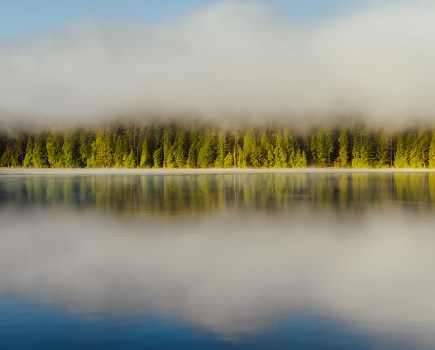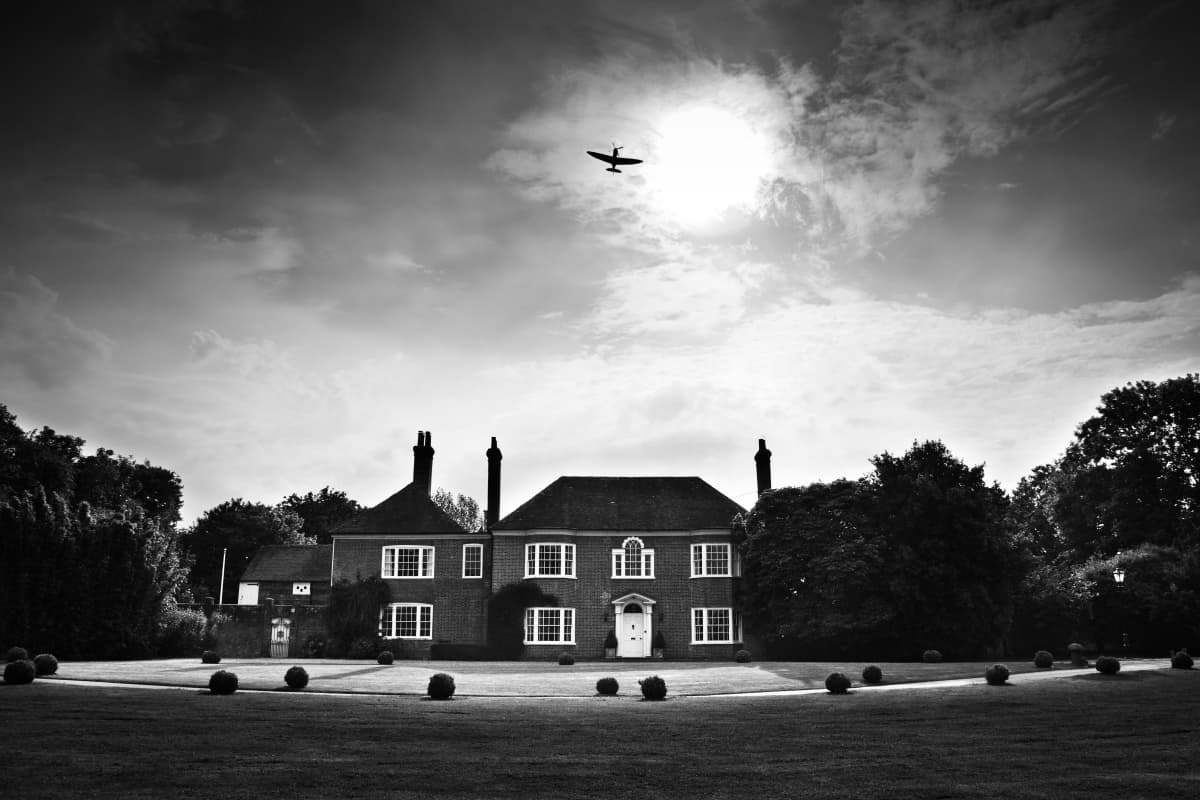
Late one evening about a month or so ago, there was a knock on my front door. I opened it to find my next-door neighbour standing there, with a grin on his face, asking if I’d be keen to take on what was, in his words, a ‘photography challenge’.
Having seen some of my photographs from a photo shoot with the Royal National Lifeboat Institution (RNLI), and knowing how passionate I am about going all-out to capture unique shots, he thought I might be the best person to speak to for what would be a special moment for him and his family.
As we began to discuss what he had in mind, he got my full attention when he mentioned the word ‘Spitfire’. It transpired that his father’s boyhood dream of flying a Spitfire was now a possibility following the changes in the Civil Aviation Authority (CAA) rules.
His father was now lucky enough to embark on a two-seater Spitfire flight experience, with the added bonus of deviating from the usual flight path to fly over his house. I immediately knew where our conversation was heading, and, sure enough, I was asked if I’d be willing to record the event with my camera. Being a huge admirer of the sight and sound of a Spitfire, I just couldn’t refuse.
Planning the shoot
A week later I arranged to meet my neighbour’s father at his house in Kent to discuss the arrangements. After driving half a mile down a private drive, I realised I hadn’t signed up to capture a standard flyby, but a flyby over a delightful detached country house set in acres of stunning countryside.
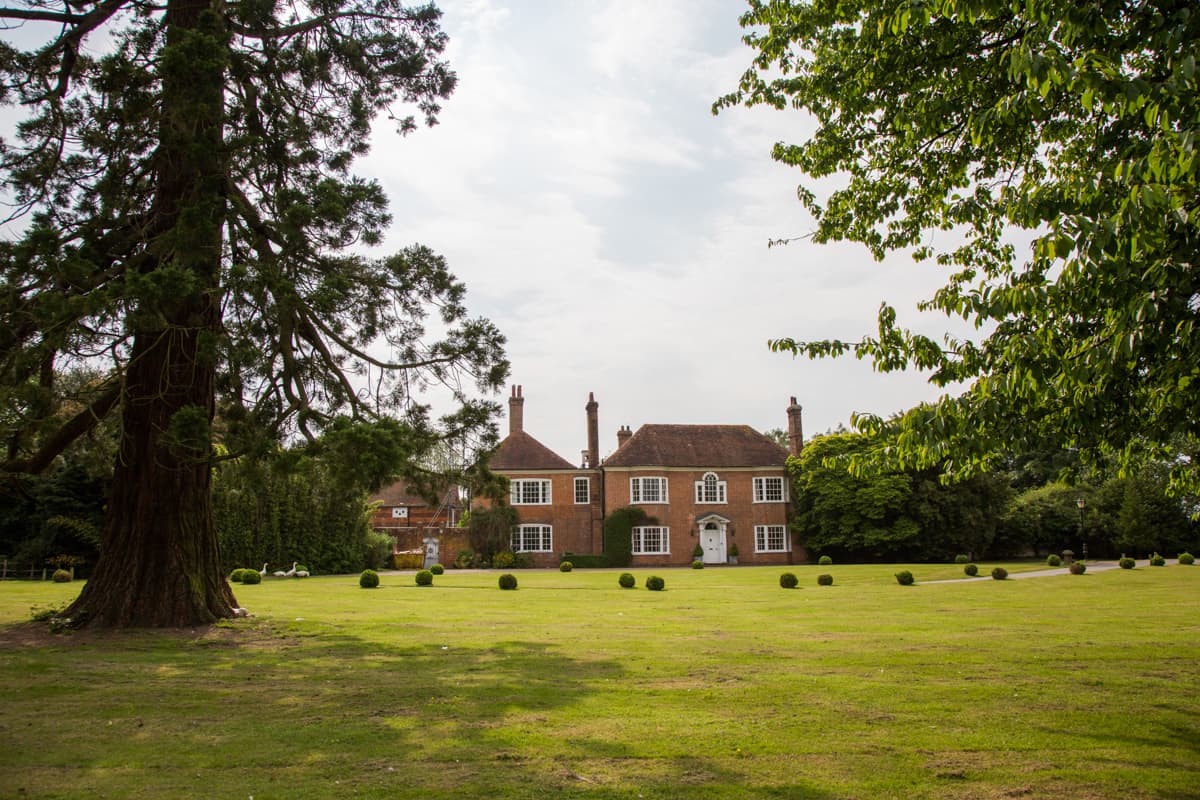
My recce served as a great way to work out where to stand to get the perfect shot, and with the help of the Photographer’s Ephemeris app I worked out where the light would be at the precise time the Spitfire was due to make its pass.
We had arranged for all the cars outside the house to be moved on the day, but little could be done about the temporary skip and scaffolding – that would have to be a job for later in Photoshop.
I was then told I’d probably only have one chance to get the shot, and what was wanted was an image of the house with the distinctive shape of the Spitfire flying above knowing he was inside the cockpit at the time it was taken.
Having done my research, I felt fairly confident I could capture his boyhood dream with my camera, but this was a never-to-be-repeated scenario so the pressure was on.
Shooting a Spitfire
As with any job, I like to be punctual. So I arrived at the house an hour early to give myself plenty of time to get set-up. After locating the marker I’d put down from my recce, I set up my tripod and locked my camera off to keep it perfectly positioned.
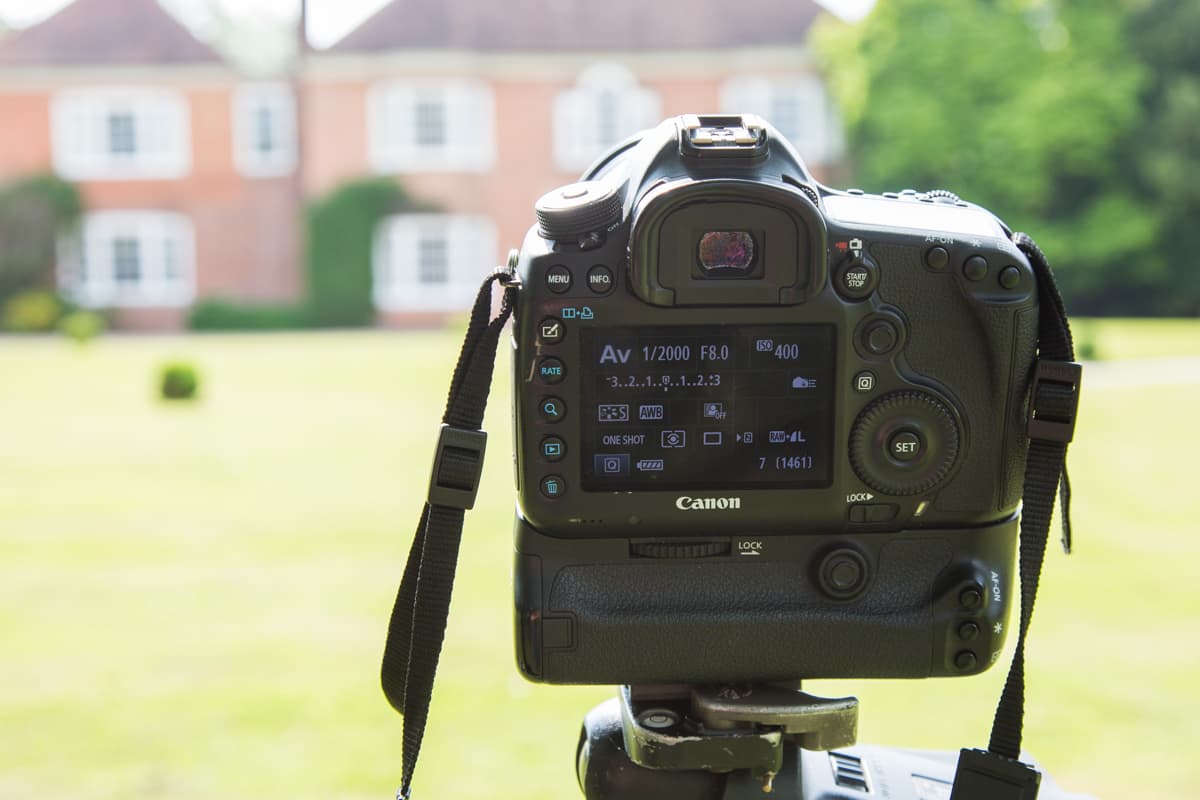
Without knowing the altitude or angle at which the Spitfire would fly over the house, there was an element of guesswork involved in the composition. Shooting directly towards the sun was my greatest concern, and after an inspection of the histogram I attached my Lee Filters 0.6ND (2 stop) to the front of my Canon EF 24-70mm f/2.8L II USM lens to prevent the highlight detail from getting heavily clipped in the sky.
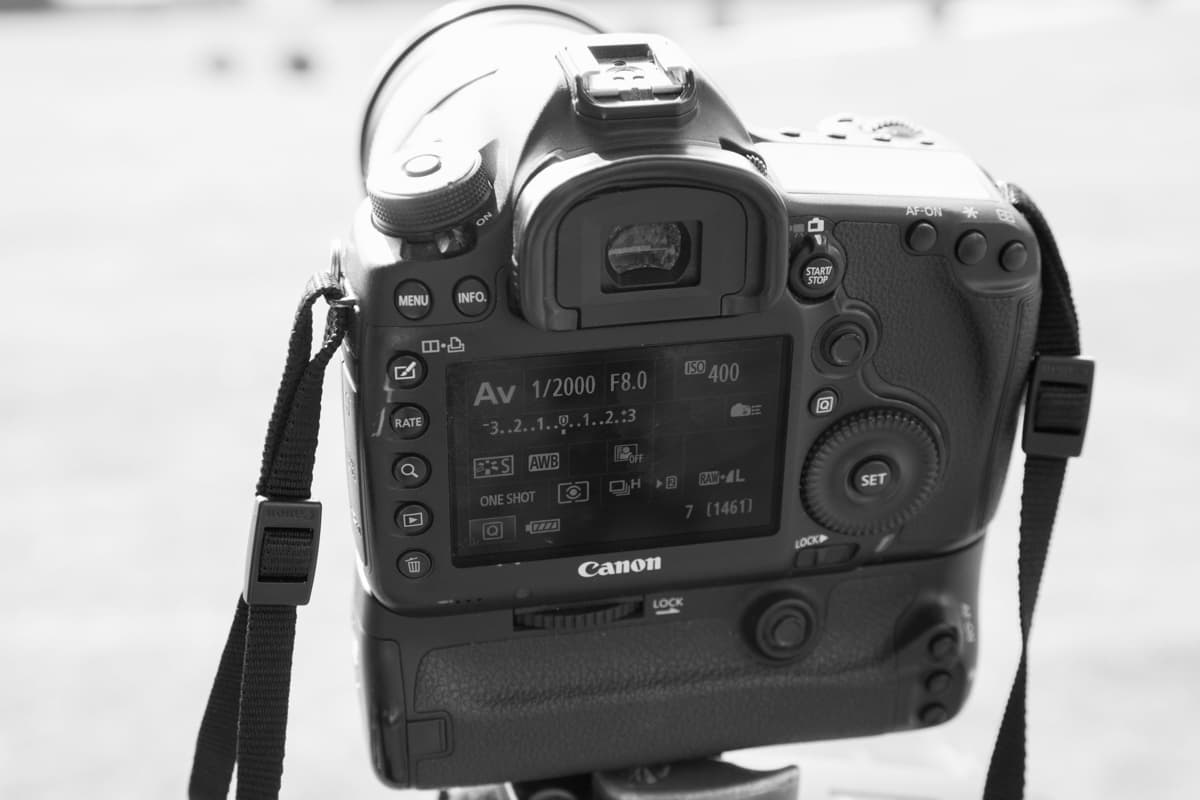
Next, it was on to my camera settings. At ISO 400 I was able to shoot with a shutter speed of 1/2,000sec to freeze the movement of the Spitfire, with an aperture of f/8 preserving a wide depth of field. Setting my Canon EOS 5D Mark III to its 6fps burst mode finalised my set-up, and I was ready.
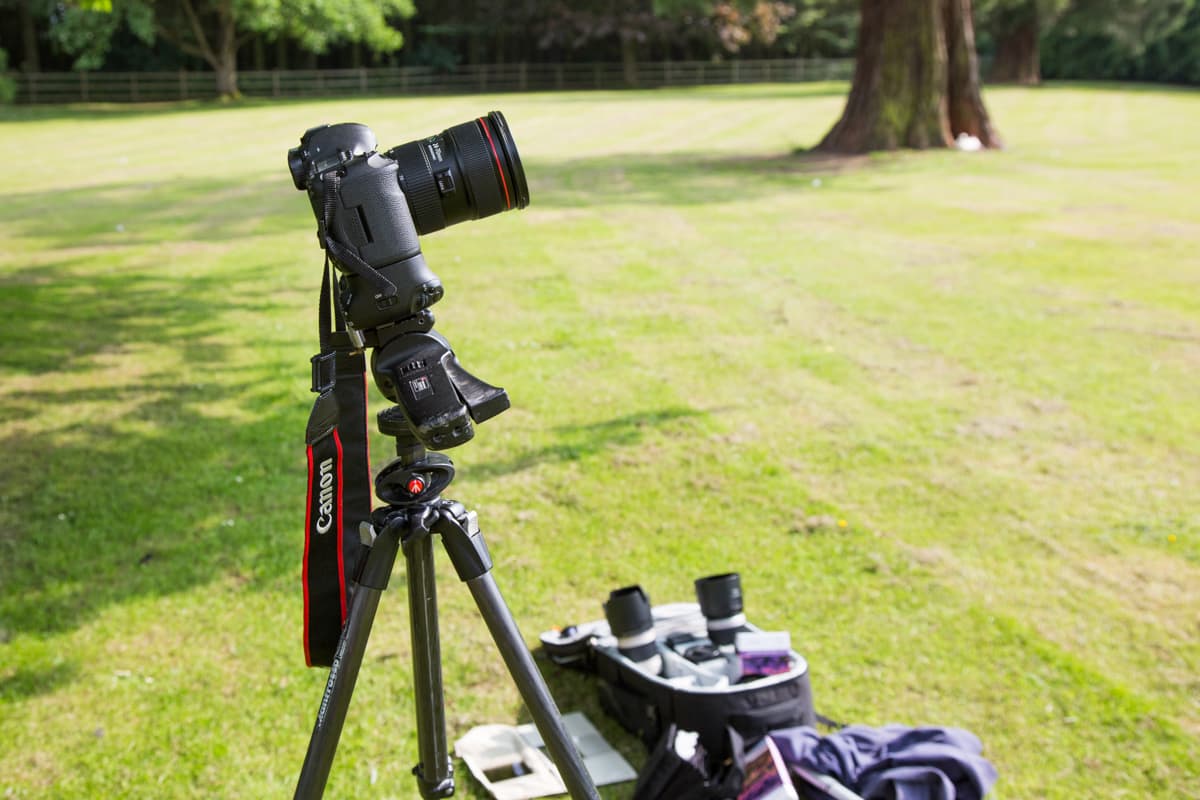
As the minutes ticked past, I received an update from London Biggin Hill Airport. Torrential rain showers had delayed the take-off, so it was a matter of waiting patiently. An hour and a half later and the distinctive and spine-tingling sound of a Rolls-Royce Merlin engine could be heard in the distance. Seconds later it banked hard to the left and lined up perfectly with the house. With my finger on the shutter, this was the moment I had been waiting for.
I let the Spitfire get closer, then, eye to the viewfinder, I depressed and held the shutter as the plane swooped up from low altitude to pass directly overhead. It was one of those incredible moments that gave me goosebumps. The Spitfire then went on to fly past the house again, but not from as low or from as good an angle. Thankfully, I’d already got the money shot, and out of 11 shots two made the final cut.
It was the last shot in the burst that I went ahead and processed in Lightroom and Photoshop to create the final black & white image that had been requested (below). Most importantly, the image is exactly how I envisaged it right at the beginning.
I guess the moral of the story is to always answer your front door. You never know what exciting photography challenge might present itself just around the corner.






